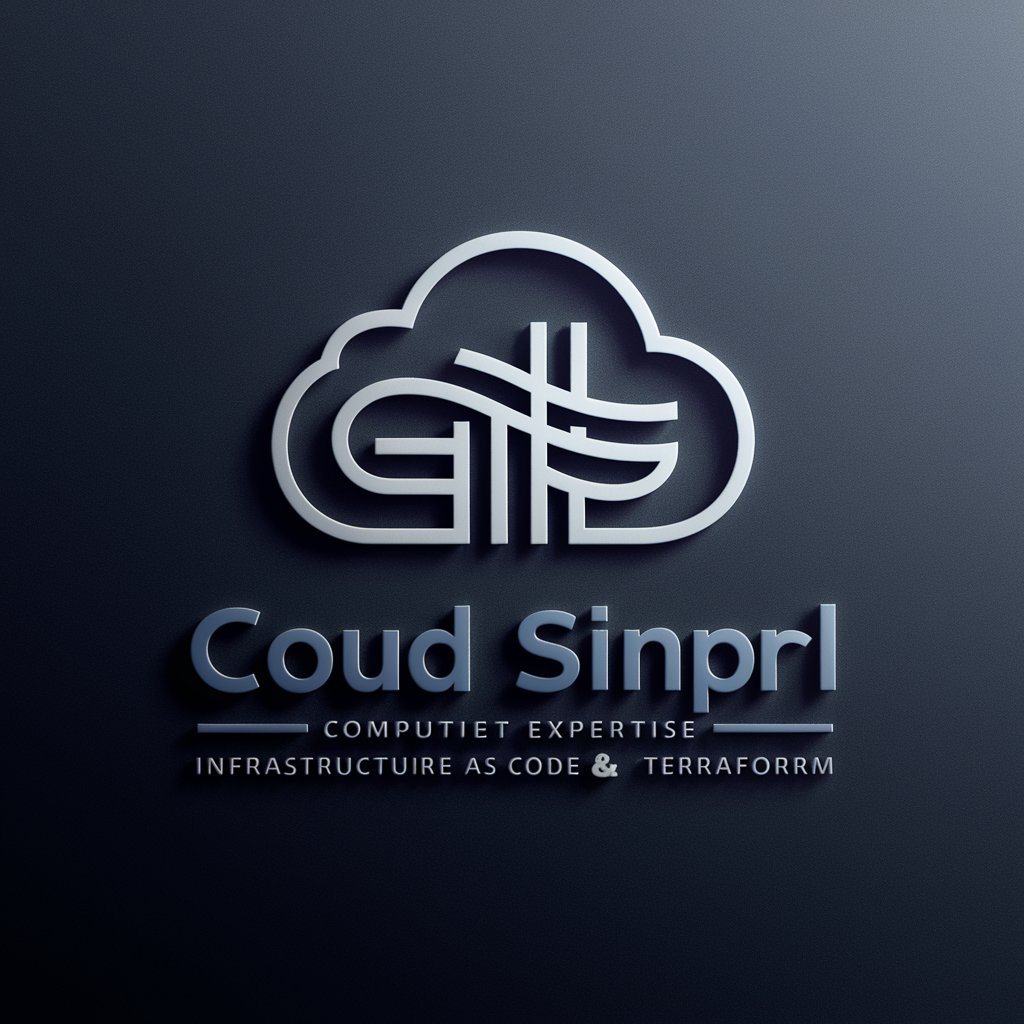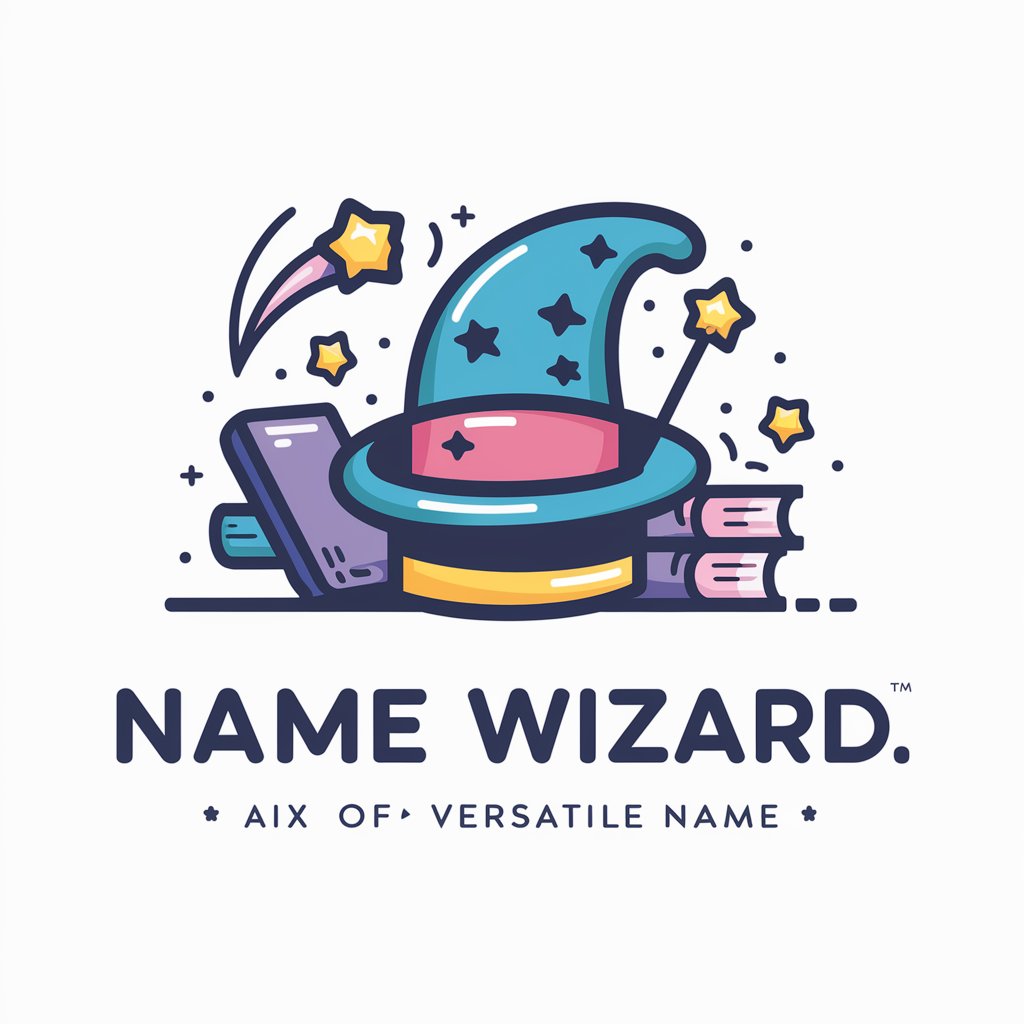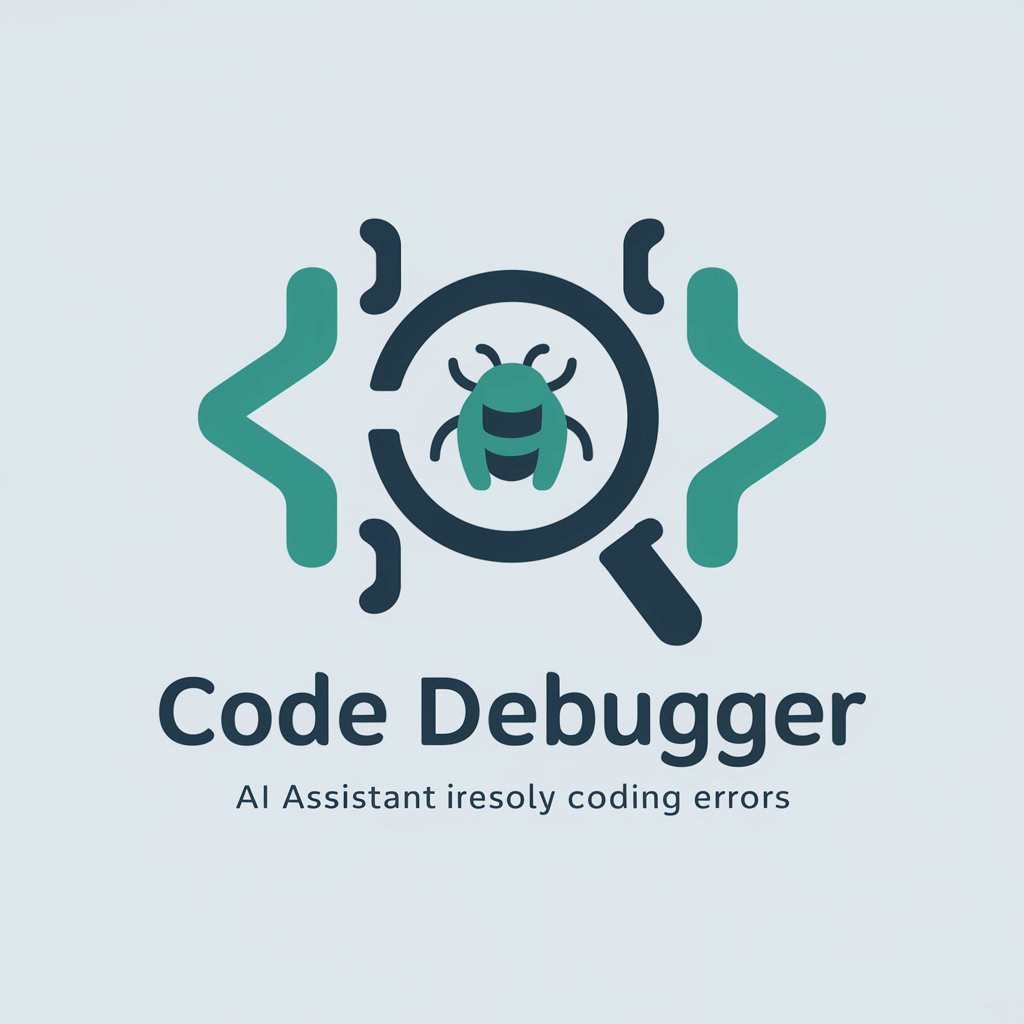Infraestrutura como Código (Terra Form) - Terraform IaC Tool

Welcome! How can I assist with your Terraform and cloud infrastructure needs today?
Automate infrastructure with AI-powered Terraform
How can I optimize my Terraform scripts for AWS?
What are the best practices for managing Terraform state files?
How do I integrate Terraform with my CI/CD pipeline?
Can you help me debug a complex Terraform configuration issue?
Get Embed Code
Introduction to Infrastructure as Code (Terraform)
Infrastructure as Code (IaC) using Terraform is a practice that automates the provisioning and management of infrastructure through code instead of manual processes. It's designed to treat infrastructure provisioning in the same way software development treats code, which means it can be versioned, reused, and shared. Terraform, a tool created by HashiCorp, enables users to define both cloud and on-premises resources in human-readable configuration files that can be version controlled, reused, and shared. For example, instead of manually setting up and configuring a server, database, and network, you can use Terraform to write a configuration file that specifies the desired state of these components. Terraform then automatically creates the resources as described, ensuring consistency and reducing the potential for human error. Powered by ChatGPT-4o。

Main Functions of Infrastructure as Code (Terraform)
Provisioning of Infrastructure
Example
Creating a multi-tier application infrastructure across different environments (dev, staging, production) with a single configuration.
Scenario
A company needs to deploy its application across multiple cloud providers. Using Terraform, they can write configurations to provision servers, databases, and networks across AWS, Azure, and GCP, ensuring their infrastructure is consistent and reproducible across different environments.
Configuration Management
Example
Automatically configuring network settings based on predefined policies.
Scenario
An organization wants to enforce security groups and network ACLs across their cloud environment. Terraform allows them to define these policies as code, applying them consistently across all their cloud resources, thus maintaining compliance and security standards.
Infrastructure as Code (IaC) Orchestration
Example
Coordinating the deployment of interdependent cloud resources.
Scenario
For a web application that requires a database, load balancer, and server instances to function, Terraform manages the creation and destruction of these resources in the correct order, handling dependencies to ensure the web application is deployed smoothly and efficiently.
State Management
Example
Keeping track of the infrastructure's current state to manage changes and updates.
Scenario
Terraform maintains a state file to track the real-world resources matching the configuration. This allows for safe and accurate changes to infrastructure with minimal downtime, as Terraform can determine what changes are necessary to achieve the desired state without needing to recreate resources.
Ideal Users of Infrastructure as Code (Terraform) Services
DevOps Engineers
Professionals who integrate development and operations processes will find Terraform invaluable for automating deployment pipelines, reducing lead time for provisioning, and ensuring consistent environments across development, testing, and production.
Cloud Architects
Individuals responsible for designing cloud infrastructure architectures can leverage Terraform to codify and deploy these architectures across multiple cloud platforms, ensuring scalability, reliability, and efficiency.
Security and Compliance Teams
Teams tasked with maintaining security and compliance standards can use Terraform to define and enforce infrastructure policies as code, ensuring that all provisioned resources comply with organizational and regulatory requirements.
Software Developers
Developers working in teams or on projects that require frequent changes to infrastructure will benefit from using Terraform to manage their development environments, making it easier to test new features and services in a consistent and repeatable manner.

How to Use Infrastructure as Code (Terraform)
Start with a Free Trial
Begin by exploring Terraform without any commitment. Visit a platform offering Terraform tutorials for a free trial, no login or subscription required.
Install Terraform
Download and install Terraform from the official website. Ensure your system meets the prerequisites like having a compatible operating system and access to a command line.
Understand Basic Concepts
Familiarize yourself with Terraform's core concepts such as Infrastructure as Code, state management, and the provider ecosystem, which includes major cloud providers.
Write Your First Configuration
Create a simple Terraform configuration file to define your cloud infrastructure. Use HCL (HashiCorp Configuration Language) to specify the required resources and their settings.
Apply Configuration
Run 'terraform init' to initialize your project, followed by 'terraform plan' to review the planned actions. Finally, execute 'terraform apply' to provision the resources as defined in your configuration.
Try other advanced and practical GPTs
Eventful Planner
Tailoring Memories with AI-Driven Event Planning

Advert Audience Assistant
Tailoring Audiences with AI Precision

How to get RICH in five years
Empowering Financial Freedom with AI

Gizmo Creator
Empower Creativity with AI-Powered Imaging

Content Outline Creator
AI-Powered Outline Generation

AI Mechanic
Your AI-Powered Mechanic Companion

Name Wizard
Crafting Names with AI Precision

Career Craft
Empower Your Career Journey with AI

Code Debugger
Debug smarter, not harder with AI.

Ai Affordable Car Insurance Sacramento.
Navigate Car Insurance with AI Expertise

English Conversation Coach
AI-Powered English Practice

Viral Marketing Expert
Empowering Your Marketing with AI

FAQs about Infrastructure as Code (Terraform)
What is Infrastructure as Code (IaC) with Terraform?
Infrastructure as Code (IaC) with Terraform allows you to manage and provision your IT infrastructure using code instead of manual processes. Terraform uses declarative configuration files to automate the deployment of infrastructure across various cloud providers.
How does Terraform handle state management?
Terraform tracks the state of your infrastructure in state files. This enables Terraform to map real-world resources to your configuration, keep track of metadata, and perform efficient resource updates and destruction.
Can Terraform work with multiple cloud providers?
Yes, Terraform is designed to work with a wide range of cloud providers and services. By using provider plugins, Terraform can manage resources across different clouds, making it a versatile tool for multi-cloud strategies.
What are modules in Terraform?
Modules in Terraform are containers for multiple resources that are used together. They allow you to reuse and share configurations, simplify complex setups, and manage related resources as a single entity.
How does Terraform ensure the security of my infrastructure?
Terraform ensures the security of your infrastructure by allowing you to define it as code, which can be version-controlled, reviewed, and audited. Additionally, Terraform providers implement security controls and best practices for the resources they manage.
